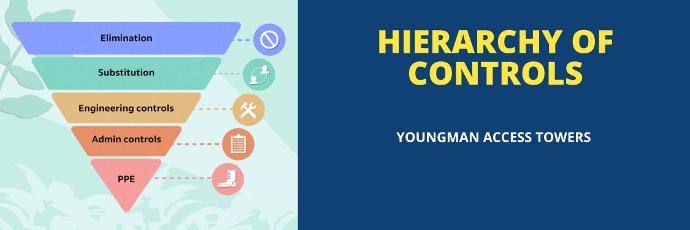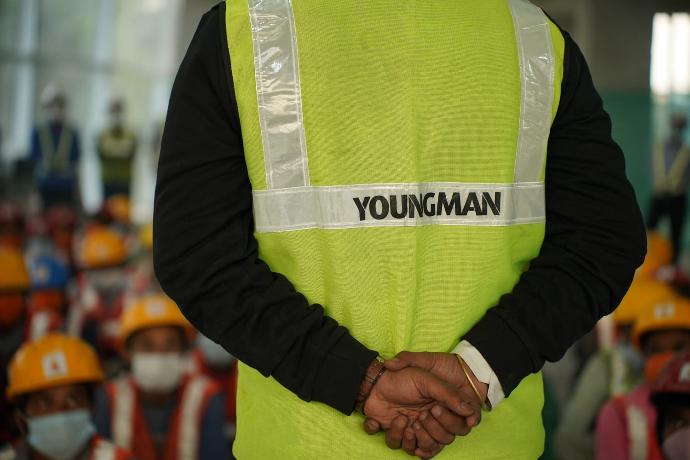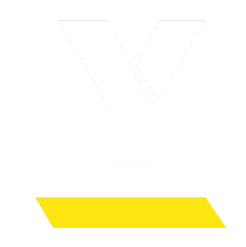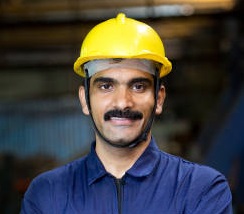The construction industry, as we all know, has seen the biggest boom since the industrial revolution in India. Be it real estate, industrial infrastructure development or developing infrastructure for the for transportation and the new India; the construction industry has made its mark in creating several milestones in the development of our country for the better.
The Indian construction industry is one of the fastest-growing industries in the country and is expected to reach $1 trillion by 2030. Employing over 50 million people in India, the construction industry has been a driving factor in the country’s development through not just improved infrastructure, but also creating livelihood for thousands of individuals. But as they widely say, with great power, comes greater responsibilities, and for the construction industry, it is ensuring safety for their workforce.
While in the recent times, there have been several awareness sessions and strides taken by the construction industry to ensure proper safety at worksites, this has not helped enough to reduce accidents caused by improper usage of equipment, lack of height safety, lack of 5S standards at worksites, lack of PPE equipment, safety helmets and other important factors that are imperative to the construction industry. Till date, the construction industry remains a high-risk industry.
According to the National Crime Records Bureau (NCRB), 1,251 construction workers died in accidents in India in 2019, and there are similar reports by the Indian Labour Organization, that estimate about 24% of work-related fatalities in the construction industry. The construction industry also has a high incidence of non-fatal accidents, which often go unreported. According to a study by the Centre for Sustainable Employment at Azim Premji University, 77% of construction workers in India reported at least one work-related injury in the past year.
This is where the problem lies. These unreported smaller cases are the leading cause of fatalities in the construction industry. If a smaller case is reported on time, several actions can be taken to prevent any further fatal cases to occur in the industry.
Taking Work-at-height as an example, improper usage of scaffolds, ladders or other work platforms create an opening for accidents to occur. Increasing load on height platforms more than the defined value, using platforms that are not constructed properly, use of towers made from rusted material, no trainings to construction workers on the usage of platforms and towers, and many more are the leading cause of accidents in India, and across the world.
Talking about solutions, it is extremely important for the employer to provide safety training to construction workers on the dos and don’ts at the worksite, proper method of using work-at-height equipment like scaffolds, suspended platforms and others, get equipment suppliers to provide live demonstrations on the proper usage of the equipment and ensure that the best quality equipment is used. While there are cheaper solutions that are available in the market, it is important to lay emphasis on the product quality, usability and safety features that not just improve worker safety, but also increases productivity at worksites.
Proper PPE equipment should always be available at the worksite, and should be compulsory for construction workers to wear PPEs like helmets, gloves, reflector jackets and construction grade safety glasses etc. Safety inspections should be conducted on a regular basis at the construction sites, and all pointed mistakes should be corrected on an immediate basis.
Risk assessment surveys should be conducted at each worksite by the employer to understand potential hazards and implement measures to mitigate them. Safety Signages should be placed at all important points to let outsiders know about the potential red zones to avoid. It needs to be the employer’s responsibility to check and ensure scaffolds are erected and used safely, and workers are trained to use them. Fall protection measures like guardrails, safety nets, and harnesses should be used to prevent falls from height.
Electrical safety needs to be ensured at the worksite. All electrical installations should be at their designated spaces with caution signages, wires should be concealed in insulated boxes and all electrical equipment needs to be regularly monitored and maintained to avoid fire hazards.
Let us take an example for this. Assuming the hypothetical construction of a data centre, which is a 10-storey long building, with each floor having double height due to office spaces, making it 6 metres for each floor. And the work given to the contractor is HVAC ducting 1m. As we understand we need to drill and fix tie rods, which involves the risk of not only reaching at height safely, carrying tools and fixings but also a stable platform to stand and put adequate vertical force towards the ceiling with a good quality drill machine. You will need to use both your hands, which makes it extremely important for the platform to be completely stable to ensure safety of the professional and the helpers involved on the floor as well.
Post understanding the risks involved, it is important to do a risk assessment to understand the safety measures required, and then work with safety experts to find the right tools and solutions in order to reduce the risk score.
Lets Talk with Examples
Hierarchy of Controls

Taking the Hierarchy of Controls as an assessment in the above, we see that there is no way that an Elimination of the task is possible in this case. While certain European countries are moving towards robots to do the job, in India, it is still majorly performed by skilled individuals. Moving towards Substitution, we can see that a Mobile Access tower or an MEWP can be used to increase safety and productivity while completing the work.
Once ensured that the right product is being used, emphasis should be laid upon Engineering Controls. In this case, how a person climbs on such scaffolds, is it via trapdoor or from outside, what sort of gate controls are being used, what kind of bracing locks are being used and many more such observations.
Post this, we should look at Admin Controls, because it is also extremely important to know how to use a particular product. Thus, one needs to ensure the presence and training from a competent authority. There are several companies like Safety First imparting competency training solutions for construction workers across the country. And then at last, emphasis should be laid on PPE- helmets, shoes, jackets, safety belts and others.
While in the past years, we have laid great emphasis on PPE, we have been ignoring the other major aspects, thus causing several site accidents across the country.

Y-Equipment Services India, the market leader in providing work-at-height equipment on hire, has laid upon its focus on improving safety at work sites. The company is not just providing safe to use height equipment like scaffolds, platforms and ladders; but has gone a step ahead to create an ecosystem which provides safety trainings to construction workers, gives demonstration sessions at larger worksites to avoid improper usage of equipment to cause injuries or accidents; and also provides in house assistance in designing the required solutions for the customer, in order to avoid accidents due to usage of wrong equipment at the wrong place.
The company is providing solutions for 4 of the 5 steps involved in the Hierarchy of Controls, be it substitution via Aluminium based scaffolds, Engineering controls via providing safe to access mobile towers, trainings and demo sessions on how a scaffold is to be installed and more. The company has Safety First as its wing for providing trainings to construction workers on height safety, and provides all kinds of PPE equipment on rent to construction workers.
Like Youngman, there are several companies that are helping create a safe worksite in their respective domain spaces. It is important for the construction industry to identify such companies, and while they come at a premium, it will in the future create safer & productive workspaces for the construction industry.


